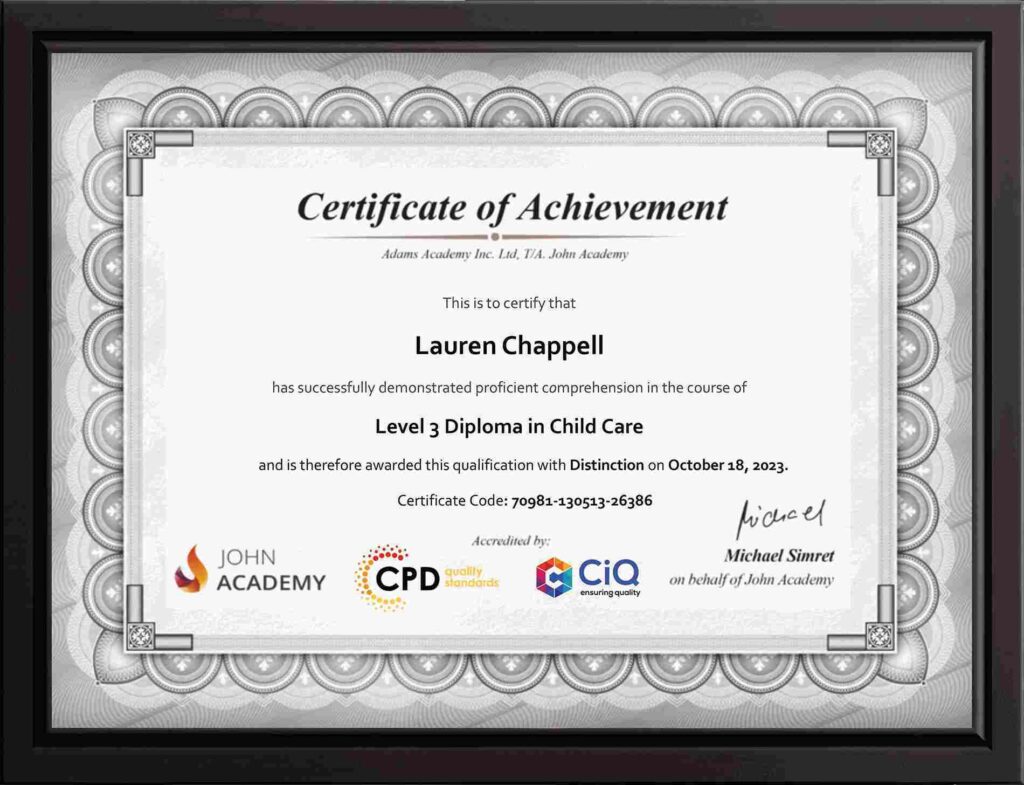
The wonderful world of film production never stands still—it is constantly growing and evolving due to technological innovation and changes in audience demand. Whether you’re an aspiring filmmaker, a seasoned industry professional or a business looking to leverage the power of video content, there is always something new to learn! This article will provide you with actionable tips to improve your film and video production skills, allowing you to create something that makes you proud.
Funding
So, you want to produce your very own film. If you don’t have the money to finance it yourself, you’ll need to secure funding. There are several ways to do this in the UK:
BFI Film Fund: Investing over £26 million each year in UK film development and production.
BFI Network: Annual budget of £3 million, aimed at finding emerging talent.
Screen Scotland: Funding and support for film and TV production and skills and education.
Northern Ireland Screen Fund: Funding is available for script, project and slate development.
Ffilm Cymru Wales: A fund for identifying and supporting Welsh filmmakers.
BBC Films and Film4: Both organisations are committed to finding and developing new talent. However, both typically require an established producer or agent.
UK Tax Relief: If you can privately or self-fund your project, you can access the UK’s film tax relief to reduce production costs.
Tip: Whatever you do, don’t put all your eggs in one basket! Apply for several funding grants and other funding options to increase your chances of securing sufficient financial support.
Pre-Production
Once you’ve secured funding and you’ve put your creative team together, including the filmmaking team and the actors, you enter the pre-production stage. But your project won’t progress without careful planning. This includes writing the script, storyboarding and scouting filming locations.
Tip: Use project management tools to keep track of tasks and deadlines and manage team collaboration. A tool with budgeting capabilities is vital, as you’ll need to use resources wisely!
Storytelling
The films we remember and cherish are the ones that master storytelling. A compelling narrative not only engages the audience as they’re watching but leaves a lasting impact. The classic three-act structure, which begins with the setup, moves to confrontation and then ends with a resolution, provides a reliable framework for your film’s narrative.
Tip: Keep the audience engaged with shocking cliffhangers or burning questions at the end of each act—this will create interest and anticipation!
Cinematography
A great story will only take you so far. You need to make sure that you also get the cinematography right! Mastering vital elements like framing, composition and depth of field will make it so your audience can’t tear their eyes away from the screen.
Tip: Play around with camera angles during the shoot. Don’t be afraid of negative space, high angles like bird’s eye views, static camera movement, dutch angle shots, POV shots and other creative camera angles.
Visual Effects
Once you’ve got all your footage and you’ve achieved a picture look, it’s time to work on visual effects (VFX). VFX artists use software to add or remove people, objects and places. This is where the magic happens! Need your protagonist to climb a vertical cliff without any gear? You can achieve that in VFX.
Tip: Less is more! Seasoned filmmakers have learned the hard way that excessive or unnecessary VFX can ruin the experience for the audience. Films such as Green Lantern, Justice League and The Mummy Returns will be remembered for their dreadful VFX.
Sound Mixing
The sound mixing process involves balancing, adjusting and editing audio elements like dialogue, sound effects and background music to create an immersive soundscape. If you’re creating a promotional film for your business, this is when you transcribe your audio and record high-quality voiceovers.
Tips: Use dynamic range wisely. Dynamic range is the difference between the softest and loudest sounds in your film. A wide dynamic range may make the film feel more lifelike, but it may result in the audience constantly adjusting the volume on their remote or keyboard. The key is to strike the right balance.
Colour Correction and Grading
Colour is a crucial element of your film. It plays a key role in how the audience perceives and experiences the film, setting the mood, drawing attention to vital details and influencing the audience’s emotional response. The colour correction process ensures all shots in the scene match in terms of white balance, exposure and contrast, while colour grading allows filmmakers like you to apply their own style to the film.
Tip: Create mood boards made up of images that capture the colour schemes and tones you watch to achieve in your film.
Final Thoughts: Film Production Tips
There is always something new to learn in the film production world. We hope the tips outlined in this article help you create a film that fills you with pride when you watch the final cut!

